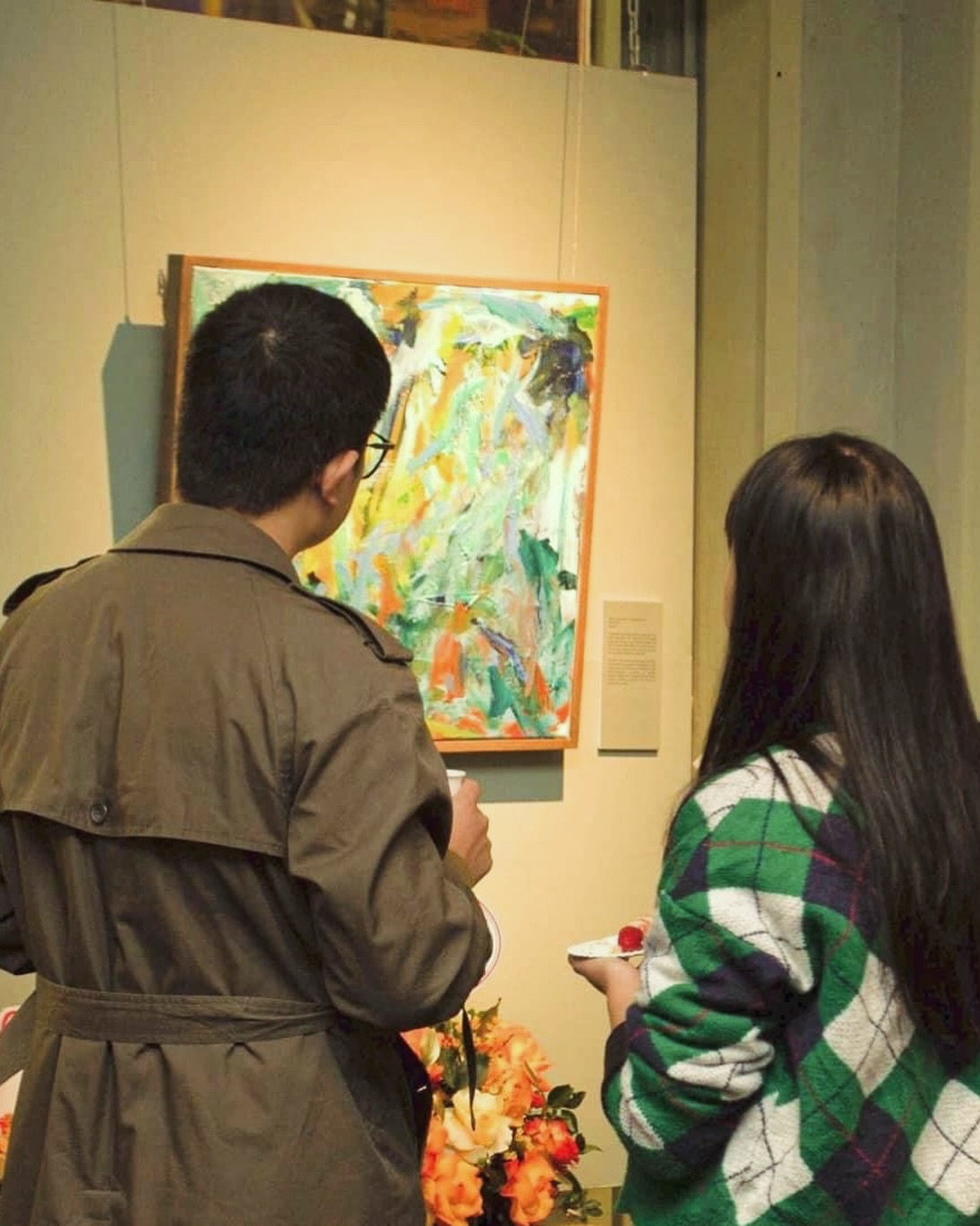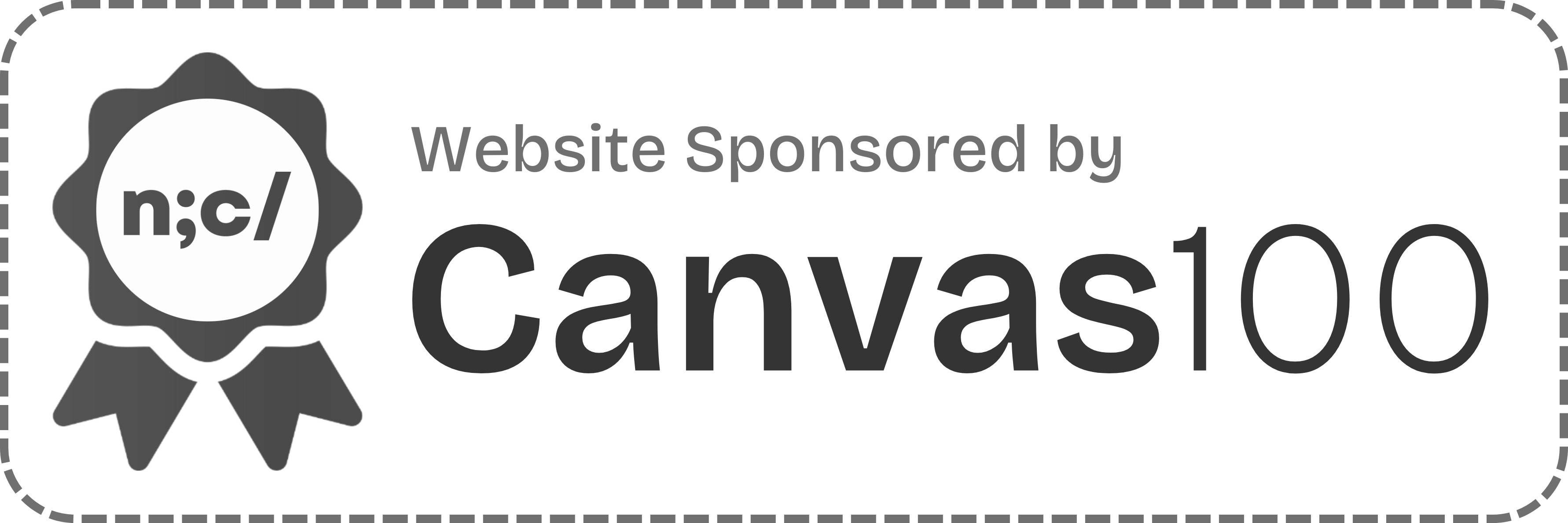When I first started learning to draw, I used to think I had to draw something meaningful.
But after a while, I realized: to really learn, you’ve got to draw nonsense. That’s actually the right way to go.
First, drawing nonsense takes the pressure off. And with less pressure, you draw more. The more you draw, the more you learn—because drawing is a matter of hands and labor, not just nice-sounding ideas.
The question for beginners shouldn’t be “How do I draw beautifully?” but rather “How do I draw more often?”
Second, we can’t actually know what’s truly meaningful until we’ve tested it, over time, while listening carefully to ourselves.
The truth is: the less you’ve learned, the more mistaken assumptions you carry in your head. After gaining a bit of experience, you start judging things more cautiously.
Sometimes, what you think you’re passionate about turns out boring once you start drawing it. And the opposite can also be true.
Third, the things we consider “meaningful” are often visually difficult. Drawing already demands a lot from its subject—composition must work, forms must be compelling, colors must harmonize—and if on top of that you’re trying to chase meaning, the burden becomes too much.
A beginner simply can’t carry all of that.
So in short: beginners should stop being so picky about themes or imagery.
Just draw what you see, draw whatever—draw silly stuff, messy stuff. That’s how you make real progress.
Said by someone who’s still a beginner too, though I’ve been a beginner for a few years now.

